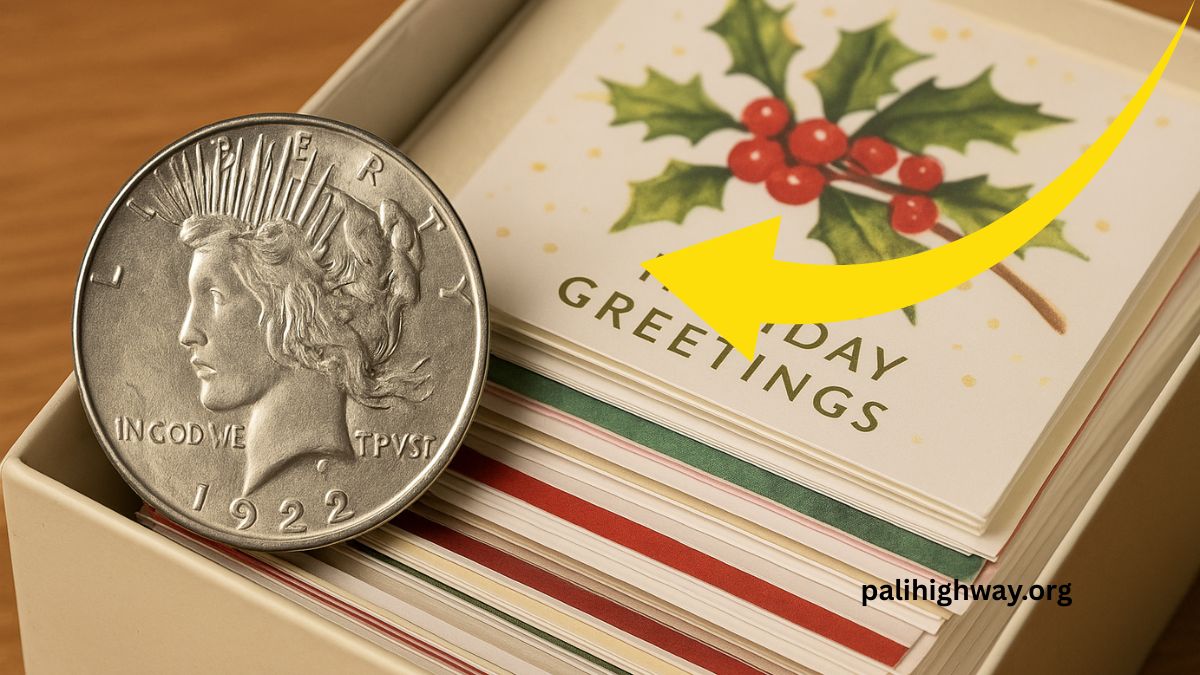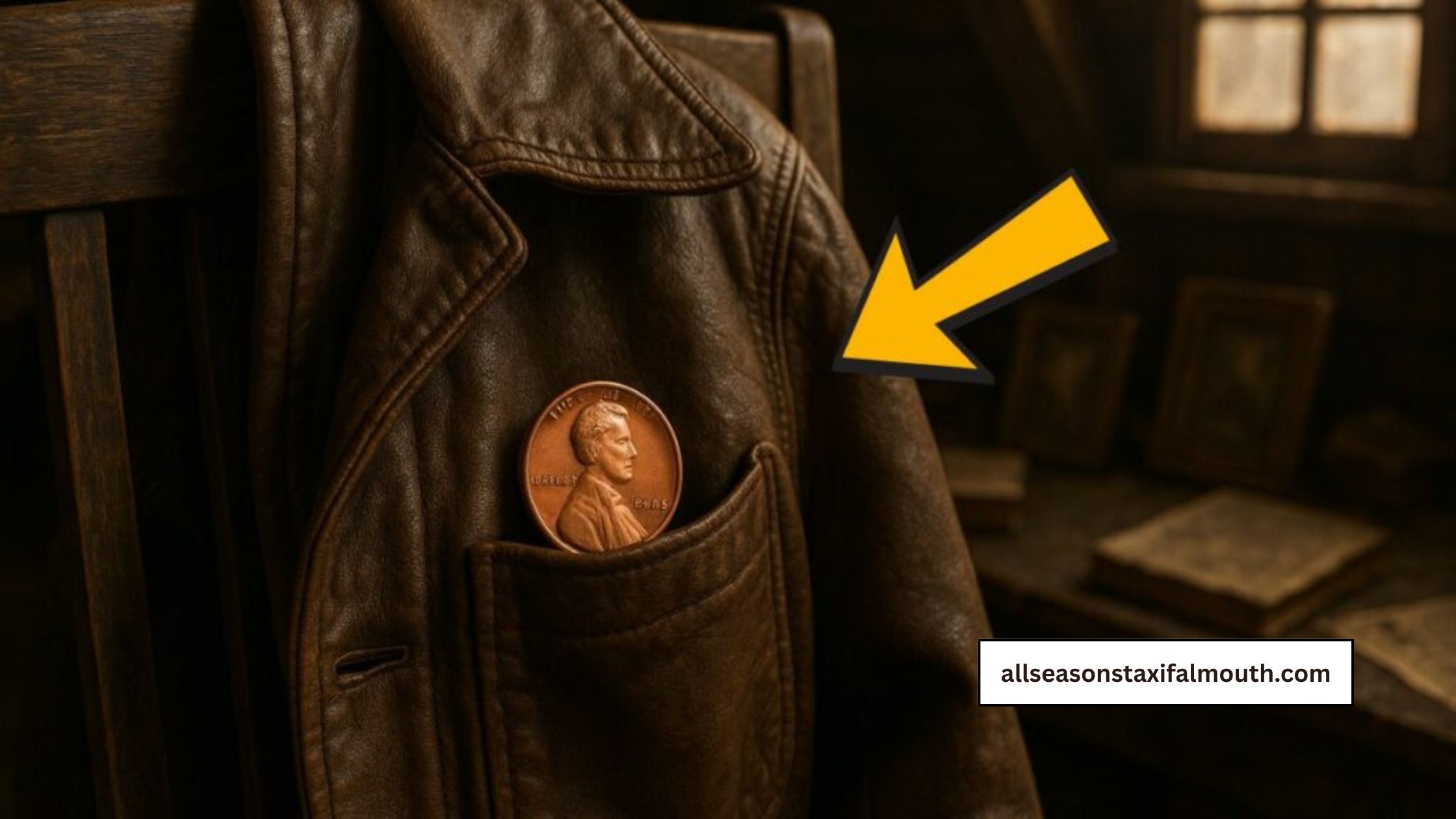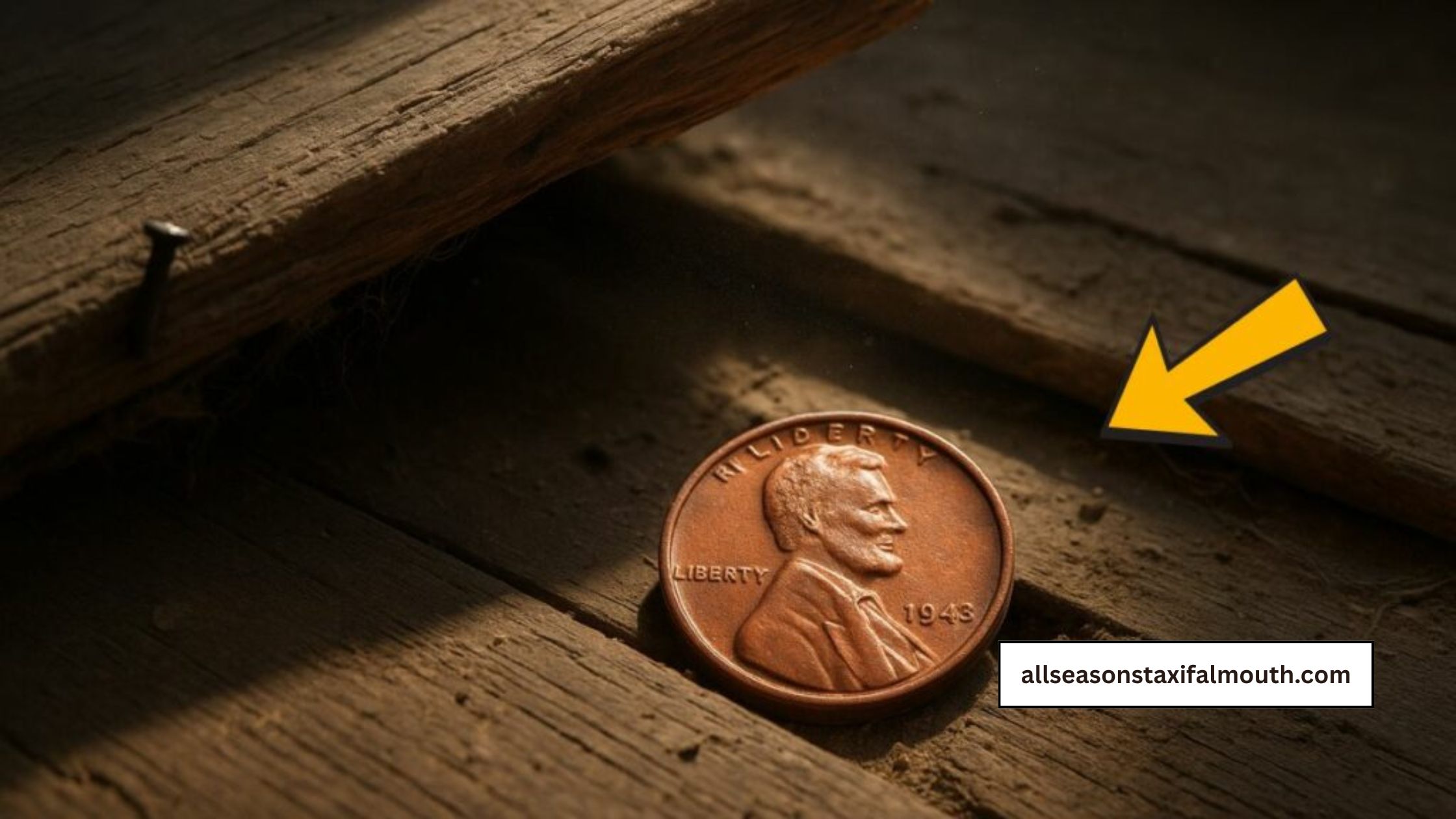Peace Dollar Found In Holiday Card Box Sells For $110,000
In a remarkable turn of events, a rare Peace Dollar coin was discovered tucked inside a holiday card box, leading to an unexpected windfall of $110,000 at auction. This astonishing find has captivated the numismatic community and serves as a reminder of the hidden treasures that may lie in everyday items. The Discovery During a … Read more










